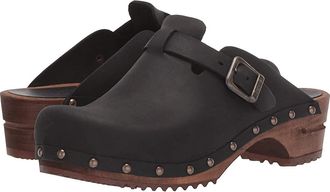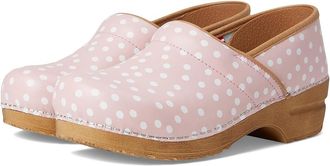Women's Sanita Clogs
Women's Sanita Clogs

Sanita
Lissy Clog in Black at Nordstrom, Size 10Us
$159.00
Nordstrom

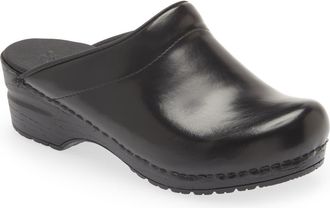
Sanita
Sonja Cabrio Clog in Black at Nordstrom, Size 6Us
$119.00
Nordstrom
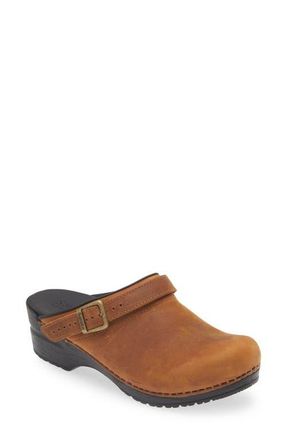
Sanita
Morse Slingback Clog in Antique Brown at Nordstrom, Size 10Us
$143.00
Nordstrom


Sanita
Kristel Stud Leather Clog in Antique Brown at Nordstrom, Size 5Us
$137.00
Nordstrom

-20%
Sanita
Ellis Womens Shoes Khaki : EU 37 (US Womens 5.5-6) Regular, Leather Brown
$95.20
$119.00
Zappos

Sanita
Ellis Leather Clog in Khaki at Nordstrom, Size 10Us
$121.00
Nordstrom


Sanita
Maulo Clog in Deep Red at Nordstrom, Size 11Us
$139.00
Nordstrom

Sanita
Kristel Stud Leather Clog in Deep Red at Nordstrom, Size 10Us
$139.00
Nordstrom
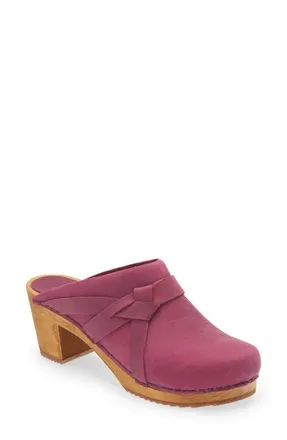
Sanita
Manuella Leather Clog in 013 Pink at Nordstrom, Size 5Us
$126.95
Nordstrom


Sanita
Estelle Polka Dot Clog in Steel at Nordstrom, Size 10Us Blue
$121.00
Nordstrom

-10%
Sanita
Lillen Womens Shoes Brown : EU 36 (US Womens 4.5-5) Regular, Leather
$153.90
$171.00
Zappos

Sanita
Ingrid Water Repellent Clog in Black 002 at Nordstrom, Size 10Us
$115.00
Nordstrom
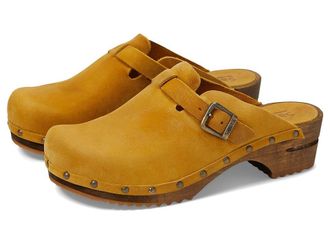
-15%
Sanita
Kristel Womens Clog Shoes Mustard : EU 38 (US Womens 6.5-7) Regular, Leather Yellow
$118.15
$139.00
Zappos

Sanita
Sonja Clog in Black 002 at Nordstrom, Size 10Us
$119.00
Nordstrom


Sanita
Aubrey Leather Clog in Black 002 at Nordstrom, Size 10Us
$141.00
Nordstrom

Sanita
Lillen Clog in Black at Nordstrom, Size 6Us
$169.00
Nordstrom

Sanita
Solaima Ankle Strap Clog in Brown at Nordstrom, Size 6Us
$139.00
Nordstrom
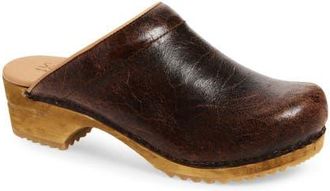
Sanita
Melissa Clog in Antique Brown at Nordstrom, Size 6Us
$139.00
Nordstrom
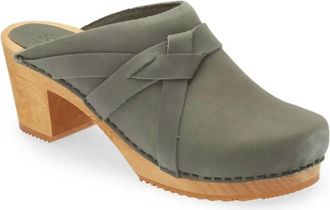
-33%
Sanita
Womens Manuella Clog In Khaki Green
$101.00
$150.00
ShopSimon

Sanita
Ellis Clog in Cognac at Nordstrom, Size 11Us
$119.00
Nordstrom

Sanita
Hedi Clog in Antique Brown at Nordstrom, Size 10Us
$129.00
Nordstrom
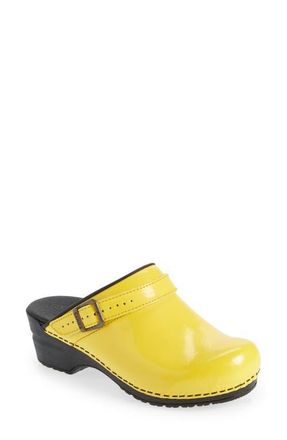
Sanita
Estelle Polka Dot Clog in Yellow at Nordstrom, Size 5Us
$121.00
Nordstrom

Sanita
Lotte Clog in Cognac at Nordstrom, Size 6Us
$119.00
Nordstrom

Sanita
Lotte Clog in Red at Nordstrom, Size 9Us
$119.00
Nordstrom

Sanita
Soffi Clog in Mint at Nordstrom, Size 10Us Blue
$139.00
Nordstrom

Sanita
Professional Leather Clog in Cognac at Nordstrom, Size 11Us
$139.00
Nordstrom
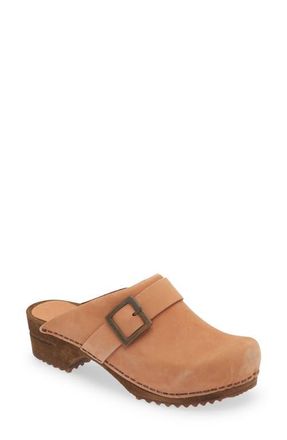
Sanita
Platform Clog in Salmon at Nordstrom, Size 10Us Orange
$134.95
Nordstrom

Sanita
Hese Genuine Shealing Lined Clog in Brown at Nordstrom, Size 10Us
$179.00
Nordstrom

Sanita
Lissy Clog in Dark Grey at Nordstrom, Size 10Us Gray
$159.00
Nordstrom

Sanita
Hese Genuine Shealing Lined Clog in Yellow at Nordstrom, Size 6Us
$179.00
Nordstrom

Sanita
Manuella Leather Clog in 043 Khaki at Nordstrom, Size 7Us
$126.95
Nordstrom
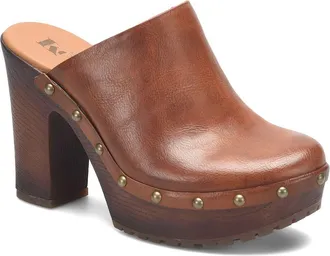
Korks
Auburn Stud Clog in Dark Tan at Nordstrom Rack, Size 10 Brown
$79.97
Nordstrom Rack

-40%
Candie's
Tera Platform Clog in Tan Leather at Nordstrom, Size 11 Brown
$89.99
$149.95
Nordstrom
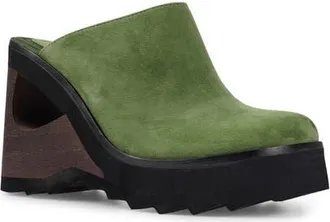
Candie's
Nichola Platform Clog in Green at Nordstrom, Size 8
$179.95
Nordstrom

Dansko
Kaci Clog in Blue Molded at Nordstrom, Size 10.5-11Us
$99.95
Nordstrom

Pedro Garcia
Midi heel clog in brown suede | Della | Fall winter 25 | PEDRO GARCIA
$390.00
Pedro García


-40%
Candie's
Blaze Platform Clog in Black at Nordstrom, Size 10
$89.99
$149.95
Nordstrom


UGG
New Heights Clog in San at Nordstrom Rack, Size 12 Beige
$59.97
Nordstrom Rack

Pedro Garcia
Brown suede clog with crystals | Braidy | Fall winter 25 | PEDRO GARCIA
$625.00
Pedro García

Scarosso
Gea Sandals in Beige - Suede at Nordstrom, Size 39
$345.00
Nordstrom
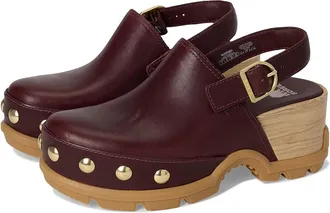
-25%
Sorel
Roamn Clog Rvt Womens Shoes Redwood/Redwood : 5.5 B - Medium, Leather
$119.99
$160.00
Zappos

Crocs
Dylan Platform Clog in Wht at Nordstrom, Size 10
$64.99
Nordstrom

-40%
Candie's
Blaze Platform Clog in White at Nordstrom, Size 10
$89.99
$149.95
Nordstrom

Chloé
Jeannette Calf Leather Buckle Clogs Brown
$1,050.00
Bergdorf Goodman
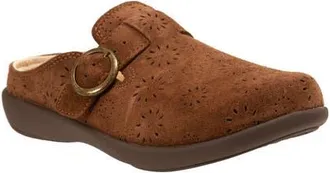
Revitalign
Siesta Eclipse Clog in Bison at Nordstrom, Size 7.5
$89.95
Nordstrom
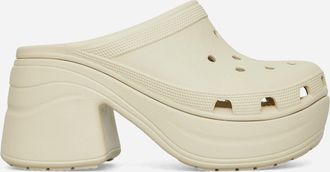
-45%
Crocs
Women s Siren Clogs Bone White
$57.00
$104.00
Slam Jam
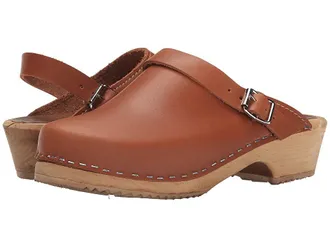
-17%
Mia
Alma Womens Clog Shoes Luggage : 6 M, Leather
$99.99
$119.95
Zappos

-6%
Chloé
Womens Chloè Sandals Black
$1,128.00
$1,205.00
LUX LAIR

-62%
Isabel Marant
Titya Modern Leather Clog Brown
$222.99
$590.00
Rue La La
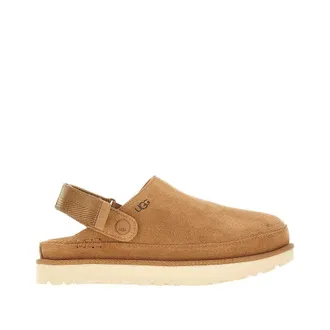
-50%
UGG
Goldenstar clogs Woman 5 Brown
$94.00
$188.00
rBoutique

Softwalk
Madison Clog in Black Croco at Nordstrom, Size 10.5
$144.95
Nordstrom
This season’s trends
- Dolce & Gabbana sandals
- Ecco sandals
- Gray Nike shorts
- Straw hats for men
- Prada sandals for women
- Swim trunks for women
- Moschino sandals
- Gucci shorts for men
- Gucci sandals
- Linen shirts for men
- Dr. Martens sandals
- Nike summer shoes for women
- Skechers summer shoes for women
- Clarks summer shoes for women
- HUGO BOSS sandals
- Cargo shorts for women
- Nike summer shoes for men
- Off-white sandals
- Skechers sandals
- Skechers sandals for women
- Lee shorts for women
- Amiri shorts
- Clarks sandals for women
about products and deals

